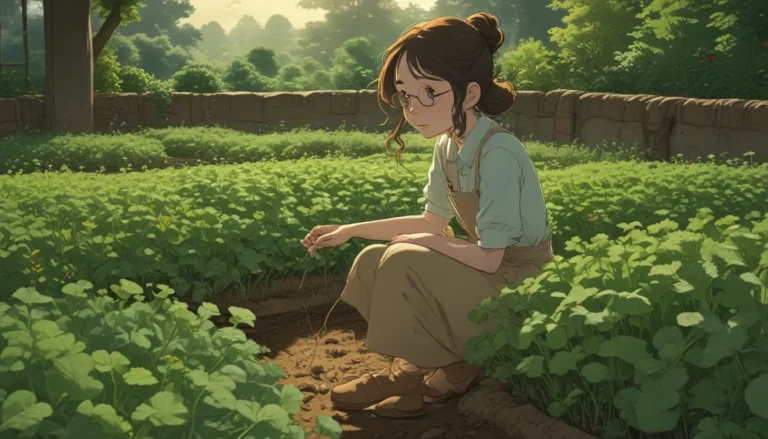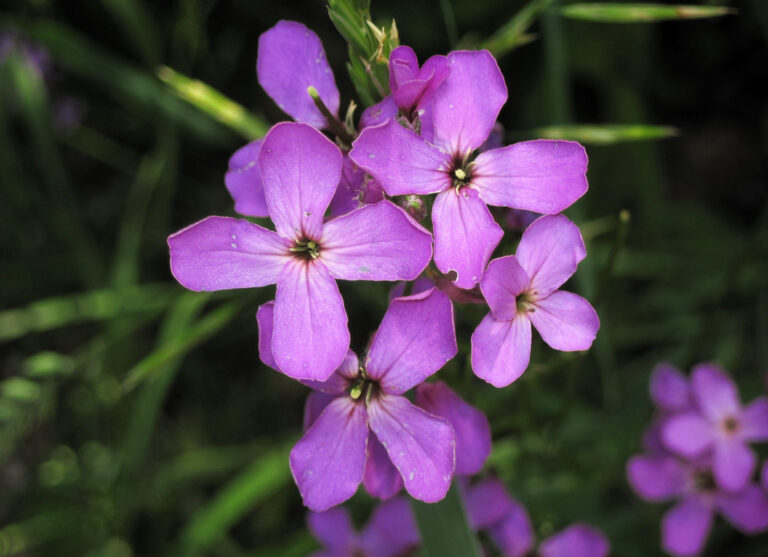A Comprehensive Guide to Growing Carolina Jessamine Vines

Carolina Jessamine, also known as Gelsemium sempervirens, is a stunning vine native to the southeastern and south-central United States, as well as other regions in Central America. Despite its alluring appearance with vibrant yellow bell-shaped flowers, it harbors a dark secret – its parts are toxic if consumed. However, when grown responsibly, Carolina Jessamine can bring a burst of color and fragrance to your garden each spring.
What You Should Know
Here’s what you’ll uncover in this detailed article:
- Cultivation and History
- Propagation
- How to Grow
- Growing Tips
- Pruning and Maintenance
- Cultivars to Select
- Managing Pests and Disease
- Best Uses
- Quick Reference Growing Guide
The Nomenclature
Carolina Jessamine goes by many names, including Yellow Jessamine, Carolina Wild Woodbine, Evening Trumpet Flower, Poor Man’s Rope, and Carolina Jasmine. Its scientific classification has also shifted over time, with Carl Linnaeus initially naming it Bignonia sempervirens in 1753. However, in 1789, French botanist Antoine Laurent de Jussieu reclassified it under the Gelsemium genus. This genus includes two other poisonous plants – G. rankinii and G. elegans.
Cultivation and History
In 1924, Carolina Jessamine was designated as the state flower of South Carolina for its ubiquitous presence and symbolic association with the onset of spring. Additionally, research suggests that the chemical compounds present in Carolina Jessamine may have medicinal properties, though more scientific studies are needed to validate this claim.
Propagation Techniques
Carolina Jessamine propagates readily through various methods:
From Seed
- Collect seeds from pods in the fall when they turn brown.
- Refrigerate seeds until ready to plant.
- Sow seeds in a well-draining medium indoors, ensuring they receive ample sunlight.
- Transplant seedlings outdoors in spring.
From Cuttings
- Take four to six-inch stem cuttings in late summer.
- Dip cuttings in rooting hormone and plant in a pot with good drainage.
- Keep medium moist until roots develop.
Division
- Divide rhizomes in fall ensuring each division has a bud.
- Plant divisions at the same depth as before and water regularly.
Layering
- Trail vines along the ground in summer, burying segments at intervals.
- Once rooted, separate segments and transplant.
How to Grow Carolina Jessamine Vines
Carolina Jessamine thrives in full sun, organically rich soil with a pH of 6.0 to 7.5. While it can withstand some drought, regular watering enhances growth and flowering. Fertilize with a balanced fertilizer in late spring and prune annually post-bloom to maintain vigor and shape.
Growing Tips
- Optimal sunlight and soil conditions promote robust growth.
- Regular watering and balanced fertilization are essential for healthy plants.
Pruning and Maintenance
Annual pruning post bloom helps prevent legginess and ensures plant health. Wear protective clothing during pruning to avoid skin irritation caused by contact with the plant.
Carolina Jessamine Cultivars to Select
In addition to the species plant, G. sempervirens, cultivars like ‘Pride of Augusta’ and ‘Margarita’ offer unique flower variations with enhanced cold tolerance.
Managing Pests and Disease
Carolina Jessamine is relatively pest and disease-free. However, fungal leaf spots may occur in prolonged wet conditions. Aphids are occasional visitors, treat with insecticidal soap or a strong water spray.
Best Uses for Carolina Jessamine Vines
Carolina Jessamine beautifies arbors, trellises, and walls. It also serves as an attractive ground cover in low-traffic areas.
Quick Reference Growing Guide
- Plant Type: Perennial evergreen vine
- Flower/Foliage Color: Yellow; dark green
- Hardiness (USDA Zone): 7-9
- Bloom Time/Season: Early to mid-spring
- Exposure: Full sun, partial shade
- Spacing: Ground cover: 3 feet; climbing vine: 4-8 feet
Conclusion
Although Carolina Jessamine carries a toxic reputation, its enchanting blooms and fragrance make it a prized addition to gardens with the right precautions. By following proper cultivation practices, you can enjoy a vibrant cascade of yellow flowers each spring. Share your Carolina Jessamine growing experiences and tips in the comments below!
Looking for more vine options for your garden? Explore articles on non-invasive flowering vines, clematis care, and growing asiatic jasmine.
Remember, growing plants is a rewarding journey that requires care, knowledge, and a touch of creativity. Make the most of your gardening endeavors with Carolina Jessamine and watch your garden bloom with vitality!





